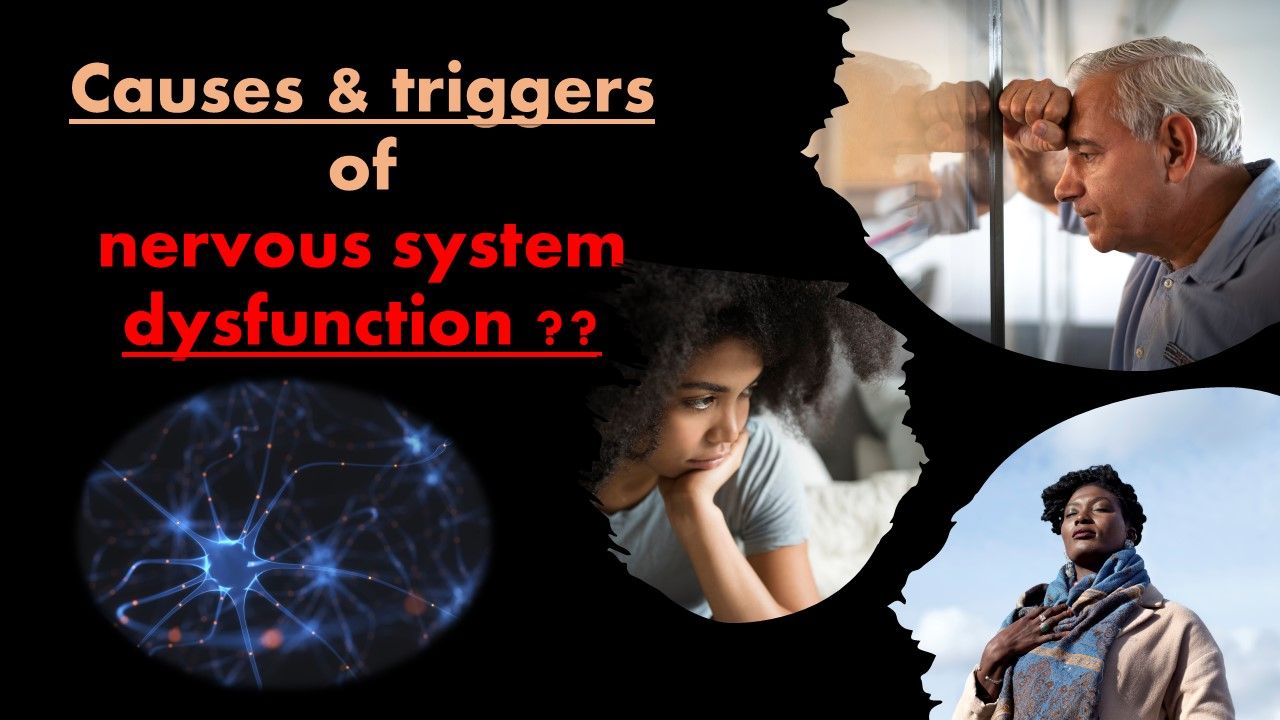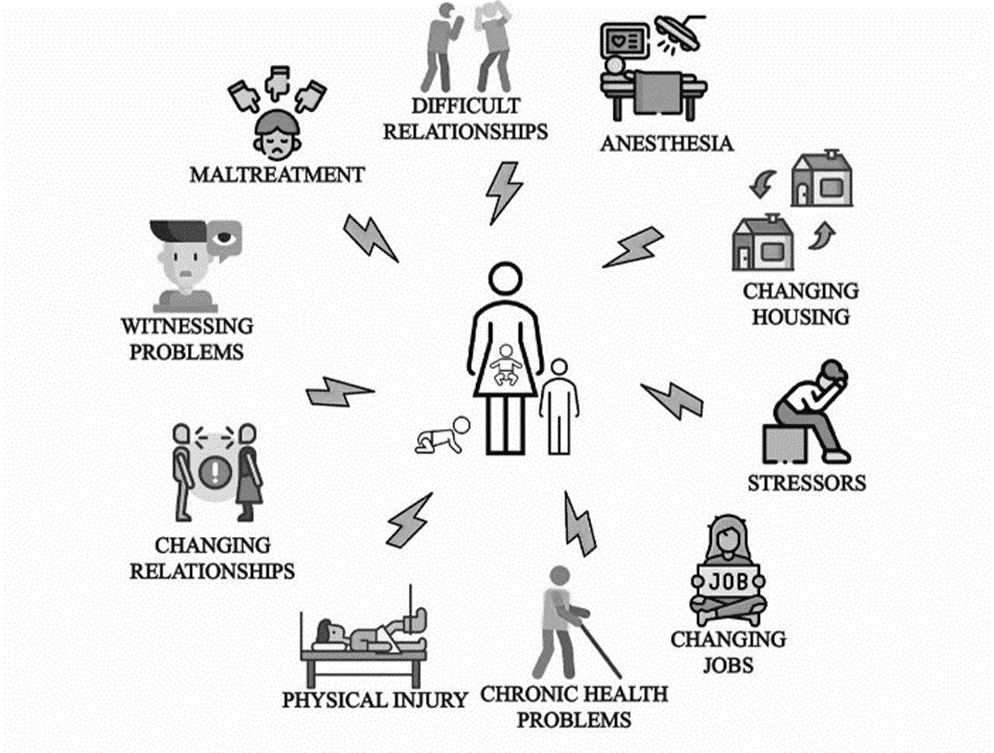
Introduction to Functional Disorders and FND: Triggers and Causes.
Jun 18, 2023Introduction to Functional Disorders and FND: Triggers and Causes.
Word count: less than 700.
Reading time: Very short.
Level of interest and impact: High.
We must learn about the causes and risk factors that unleash FND, because the understanding of these topics is the only foundation that can lead us to the development of effective preventive and treatment measures. Let us review the risk factors for developing FND, because to really cure a disease, we must deeply comprehend its causes, and get to the root of the problem.
Risk factors for developing FND follow a biopsychosocial model, and include multiple examples of adverse circumstances, stressors, or traumatic events, that can affect the physical, emotional, mental, and environmental circumstances that can occur from early ages (Figure). Although this review focuses on adult FND, it is necessary to provide key data on pediatric FND to demonstrate the relationship between life stages, and the childhood-adulthood functional continuum, which can affect management, and disease prevention.

Figure. Common triggers and risk factors for pediatric and adult FND: emotional antecedents, work problems, accidents, family difficulties, change in relationship, housing, employment status, witnessing functional or organic movement disorders.
In terms of childhood, adult FND patients tend to have a history of traumatic childhood experiences, such as sexual, physical, or emotional abuse. Most adverse life events, described in the adult FND population, are rooted in childhood.
Pediatric FND subpopulations, such as functional seizures (FS), have high frequency of preexisting and newly diagnosed psychiatric disorders, such as emotional, adjustment, attachment disorders and post-traumatic stress disorder (PTSD) (43). Adults with FND have also high rates of depression between 20 and 40%, anxiety approximately 38%, and Axis I emotional disorder between 66% and 75%. Both children and adults have high rates of psychological manifestations.
FND can appear after physical trauma, any injury in the body, and any disease in the body, for example Lyme’s disease, transient ischemic attack, syncope, or any other physical illness, and even after normal physiological events, such as after a moment of sleep paralysis. In some patients an injured leg can turn into limb paralysis or weakness. In other cases, shaking from fever can become a constant tremor. Additional events, such as panic attacks, or undergoing general anesthesia can trigger some symptoms that may persist later. Many acute and chronic health problems can lead to the appearance of the disease, and even witnessing illnesses in friends and family members may give origin to it. It is interesting to mention that in many cases, the injury, the illness, or the problem that triggered the condition, was trivial from the perspective of the “severity” of an illness, so, even minor problems can trigger imbalances between our mind, emotions, and physical body that can persist in the form of FND if this phenomenon goes unnoticed by patients and healthcare professionals.
FND also happens often in patients who have structural problems in the nervous system, for example persons with multiple sclerosis, sciatic nerve problems, or neuropathy, may also develop functional symptoms. Organic and functional illnesses can, and often coexist.
FND is not only triggered by incidents that affect our physical health, but also by any personal or environmental situations that affects our nervous system, our minds, our emotions, our spirituality, or our life satisfaction, really, anything that causes strain and tension in our organism. For example, any changes in the circumstances of life, difficulties in interpersonal relationships, moving houses, shifting jobs, or any other stressors! And of course, more serious conditions such as adult or childhood trauma, that could be sexual, physical, or emotional abuse are also risk factors to later develop the disease.
All and any of the situations above described could contribute to the appearance of imbalances between mind, body, emotions, and environment. This takes place through a series of PATHOPHYSIOLOGICAL MECHANISMS, that we will discuss in the future through more articles. As you can see, we must invariably consider our past, and what has happened during our lives.
The AWAKEN LEVEL 1 course teaches this theory, utilizing an EXPERIENTIAL EDUCATION MODEL, and THE HOLOCENE METHODOLOGY meaning that you will practice real time these concepts, seeing how they are functioning in your own being, and uncovering practices to perfect them.
Join this month’s Brainstorming FND Wisdom session to learn more about neuroscience, FND, functional illnesses, healthy living, ancestral, mind changing, psychedelic medicinal plants and much more!
At your service,
Yadira Velazquez, MD
Neurologist and Clinical Neurophysiologist
Author and Educator
Functional Disorders Healing Ally
Join our Mailing list!
New inspiration and information delivered to your inbox.
We will never sell your information, for any reason.

